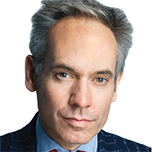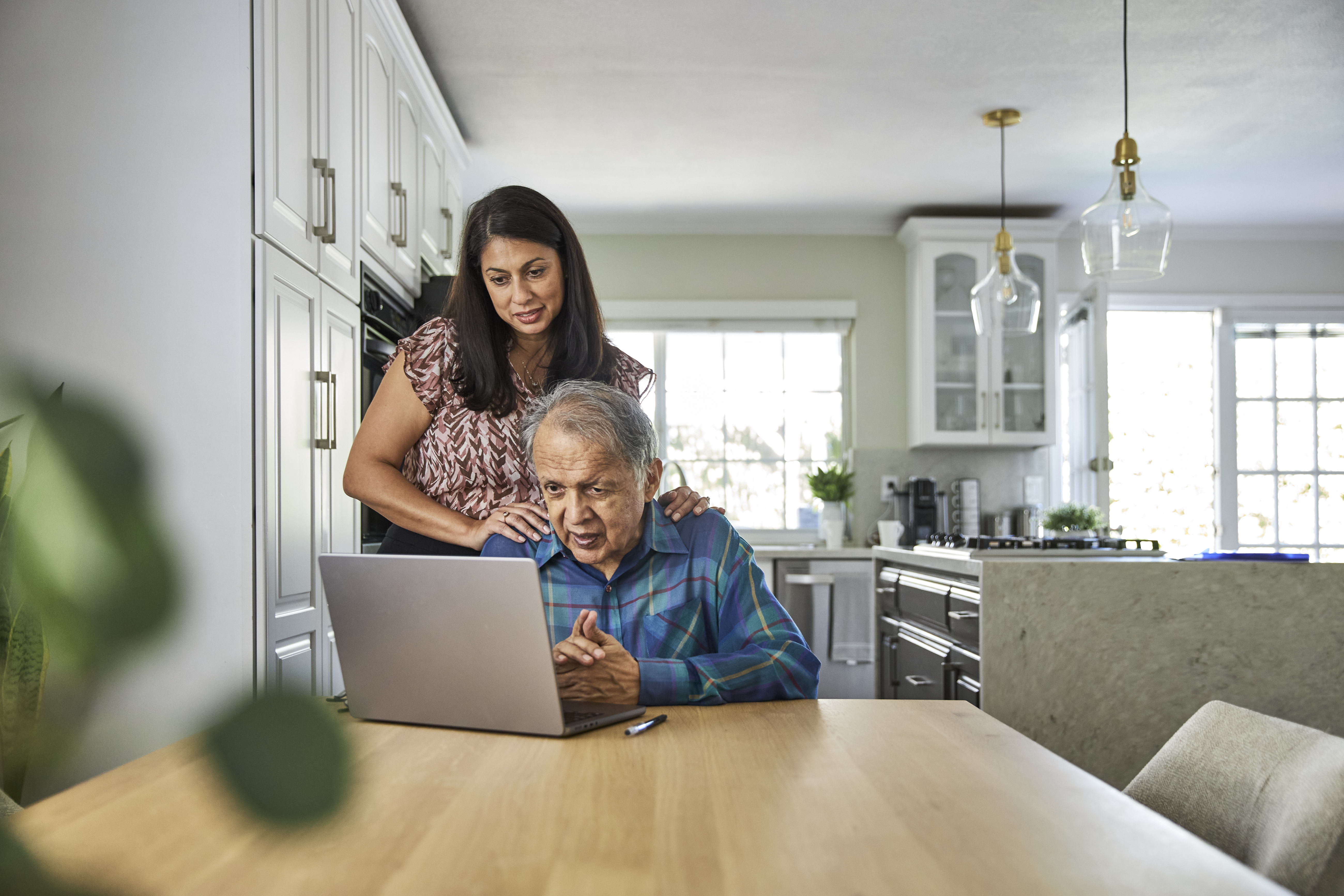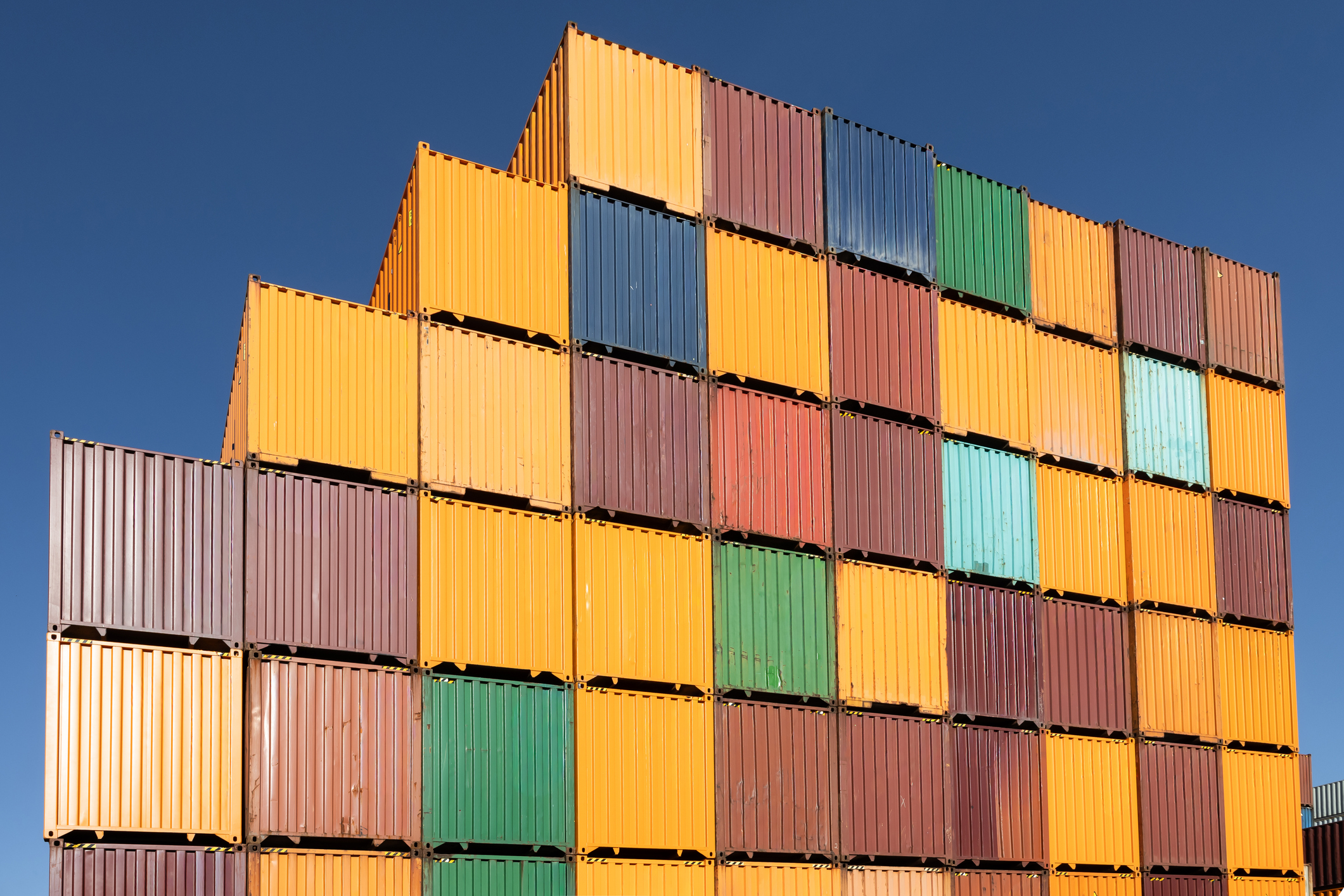Is the US dollar losing its appeal?
The US dollar is looking oversold in the short term and is due a bounce. What does it mean for global markets and the upcoming US elections?


Today we look at what must be the most important price in the world – that of the global reserve currency, the US dollar. Does it go up or down from here? There is probably no more important question in global finance. Why? The dollar is the pricing mechanism for essential materials; commodities such as oil, copper, gold and wheat. International debt is mostly traded in dollars. The International Monetary Fund thinks in dollars. The greenback determines global capital flows – whether money is flowing from or to the US. Most importantly, is money flowing, or tightening?
If the dollar is falling it usually signals boom times for assets, equities and commodities especially. The US prints and spends, and then exports the inflation. Money becomes loose and there is a party. House prices go up, equity prices go up, bond prices go up, energy and metal prices go up. Everybody feels wealthy as the US prints and spends, and then exports the inflation and debasement. But when the dollar is strong, everyone gets the jitters. Money tightens.
Today the US dollar is seriously oversold. The inverse trade, gold, is at all-time highs. US equity markets are flirting with record peaks, while the euro and the yen, even the pound, have been soaring. What’s more, the US elections are coming.
MoneyWeek
Subscribe to MoneyWeek today and get your first six magazine issues absolutely FREE

Sign up to Money Morning
Don't miss the latest investment and personal finances news, market analysis, plus money-saving tips with our free twice-daily newsletter
Don't miss the latest investment and personal finances news, market analysis, plus money-saving tips with our free twice-daily newsletter
Fluctuating value of the US dollar over the years
Since 1985, almost like clockwork, the dollar has declined under the Republicans – Reagan, Bush (twice) and Trump – and rallied under the Democrat presidents Clinton, Obama and Biden. Who wins in November has a big impact on the price. Do you want to know who is going to win? Look at what the dollar is doing now. But there are several months to go until November, and much can change in just a few weeks.
The US dollar index tracks the dollar against the currencies of America’s main trading partners – the euro, Swiss franc, Japanese yen, Canadian dollar, British pound and Swedish krona. The Relative Strength Index (RSI, a measure of momentum designed to determine if an asset is overbought or oversold) has gone beneath 30 for the first time in more than a year. You would typically expect a reversal from these levels and, indeed, as I write this piece, the dollar does seem to be turning.
The last time it was this oversold, July 2023, the dollar had a three-month rally that was quite something: about 8%. That’s a lot for a currency in that time frame. In fact, based on this, I have taken a small short position in cable (the pound/dollar exchange rate), betting that the dollar will rise against the pound. US Federal Reserve chairman Jerome Powell has indicated that the central bank is now ready to start cutting rates, which should be bearish for the dollar. But oversold is oversold. “The time has come for policy to adjust,” he said. “My confidence has grown that inflation is on a sustainable path back to 2%.”
The market is somewhat divided as to whether the first cut will be 0.25 or 0.5 percentage points, but lower rates are certainly coming. The “inflation monster”, by their definition, has been tamed. “The two-year yield has fallen to 3.9% compared with base rates at 5.5%, which is the bond market’s way of pricing in future rate cuts,” says Charlie Morris at ByteTree. “The difference, at -1.6%, means a full rate-cutting cycle lies ahead. This reading is more pronounced than [that] seen in 2001 and 2008, implying the cuts could come thick and fast.” Note that 2001 and 2008 were major turning points in the US dollar.
What about sentiment? To gauge this, I ran some polls on various WhatsApp chats and Twitter/X. WhatsApp was inconclusive (30% bull, 35% bear, 35% no strong view). Twitter/X was more telling: 50% bearish, 30% undecided, just 20% bullish. Bullish is the contrarian view. On a purchasing power parity basis, the US dollar is still expensive. (Have you been there lately?) But purchasing power parity can stay irrational a lot longer than you can stay solvent. The same goes for all value trades.
The dollar tends to trade in long cycles. Even so, this one has been going on a very long time. From its peak in 1985, it did not make a final low until 1992, seven years on. It then retested the area in 1995. Just the bottoming process took some seven years. There then followed a period of strength from 1995, which peaked in 2001. Again, the reversal process took some three years between 2000 and 2002. This was followed by a down cycle – accompanied by that amazing bull market in commodities – that lasted six years, from 2002 until 2008. The bottoming process then took another three years. And the next bull market lasted from 2011 to late 2022.
My view, based on previous cycles, is that we are likely to be in the latter stages of a topping process. I’m not entirely sure the next bear cycle begins here. However, with plenty of gold and bitcoin, and being sterling-denominated, I am more than happy to be proved wrong. From a macro geopolitical perspective, I believe the dollar faces major challenges in the years ahead, possibly from the Chinese yuan or a gold-backed currency or petrocurrency that the likes of China, Russia and Iran may use for trade. However, we are still a few years away from that.
Dominic Frisby writes the investment newsletter The Flying Frisby: theflyingfrisby.com.
This article was first published in MoneyWeek's magazine. Enjoy exclusive early access to news, opinion and analysis from our team of financial experts with a MoneyWeek subscription.
Get the latest financial news, insights and expert analysis from our award-winning MoneyWeek team, to help you understand what really matters when it comes to your finances.
Dominic Frisby (“mercurially witty” – the Spectator) is as far as we know the world’s only financial writer and comedian. He is the author of the popular newsletter the Flying Frisby and is MoneyWeek’s main commentator on gold, commodities, currencies and cryptocurrencies. He has also taken several of his shows to the Edinburgh Festival Fringe.
His books are Daylight Robbery - How Tax Changed our Past and Will Shape our Future; Bitcoin: the Future of Money? and Life After the State - Why We Don't Need Government.
Dominic was educated at St Paul's School, Manchester University and the Webber-Douglas Academy Of Dramatic Art.
You can follow him on X @dominicfrisby
-
 ‘Why I have ditched my Help to Buy ISA for cash savings and the stock market’
‘Why I have ditched my Help to Buy ISA for cash savings and the stock market’Without the 25% bonus, my Help to Buy ISA is effectively redundant, says MoneyWeek writer Sam Walker.
-
 Is your inheritance tax allowance cut if you sell to downsize or sell your home to pay for care?
Is your inheritance tax allowance cut if you sell to downsize or sell your home to pay for care?Downsizing relief is a little-known benefit that could save your loved ones tens of thousands of pounds in inheritance tax after you’ve died.
-
 The steady rise of stablecoins
The steady rise of stablecoinsInnovations in cryptocurrency have created stablecoins, a new form of money. Trump is an enthusiastic supporter, but its benefits are not yet clear
-
 Goodwin: A superlative British manufacturer to buy now
Goodwin: A superlative British manufacturer to buy nowVeteran engineering group Goodwin has created a new profit engine. But following its tremendous run, can investors still afford the shares?
-
 A change in leadership: Is US stock market exceptionalism over?
A change in leadership: Is US stock market exceptionalism over?US stocks trailed the rest of the world in 2025. Is this a sign that a long-overdue shift is underway?
-
 Modern Monetary Theory and the return of magical thinking
Modern Monetary Theory and the return of magical thinkingThe Modern Monetary Theory is back in fashion again. How worried should we be?
-
 Metals and AI power emerging markets
Metals and AI power emerging marketsThis year’s big emerging market winners have tended to offer exposure to one of 2025’s two winning trends – AI-focused tech and the global metals rally
-
 King Copper’s reign will continue – here's why
King Copper’s reign will continue – here's whyFor all the talk of copper shortage, the metal is actually in surplus globally this year and should be next year, too
-
 The coming collapse in the jobs market
The coming collapse in the jobs marketOpinion Once the Employment Bill becomes law, expect a full-scale collapse in hiring, says Matthew Lynn
-
 Coreweave is on borrowed time
Coreweave is on borrowed timeAI infrastructure firm Coreweave is heading for trouble and is absurdly pricey, says Matthew Partridge
